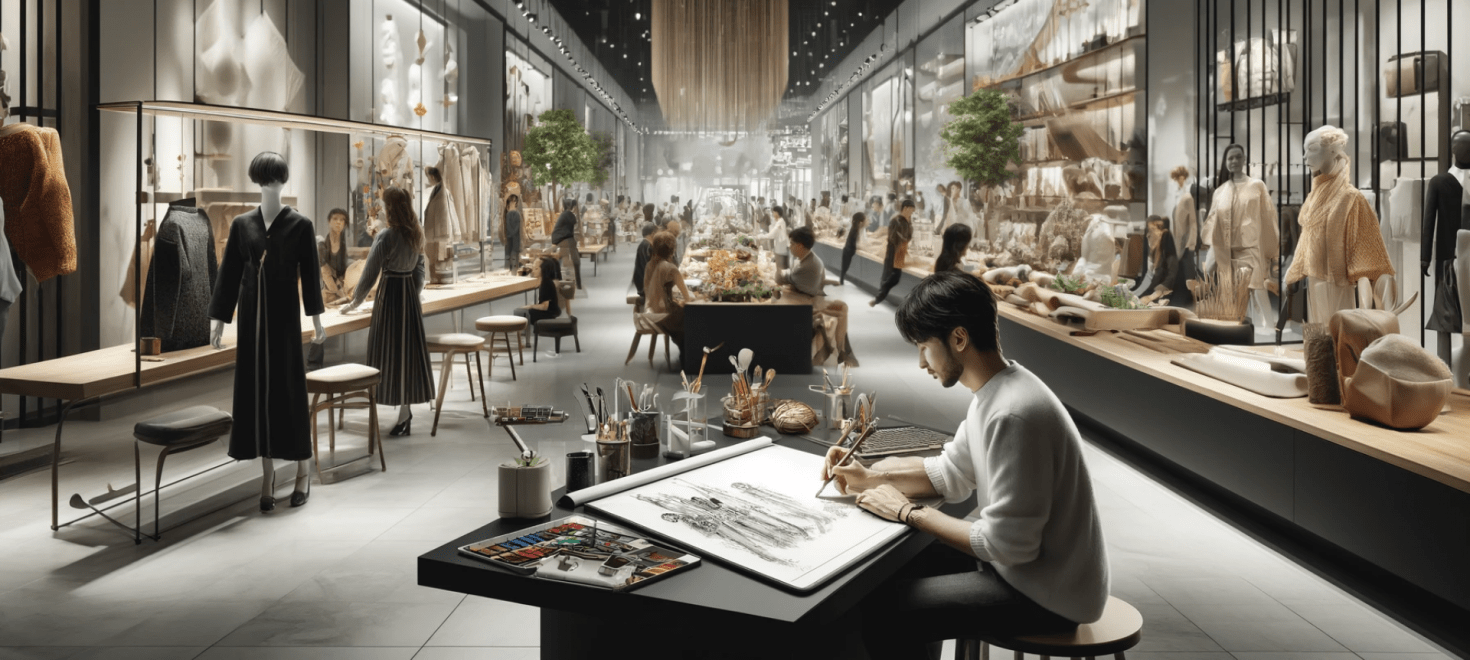In an increasingly competitive retail landscape, mass brands are continuously seeking ways to stand out in the eyes of consumers. Traditionally known for affordability, accessibility, and practical design, mass-market brands recognize the importance of innovation and emotional connection to develop brand loyalty. One powerful way they are doing this is by hiring high-profile creative directors, a strategy once predominantly seen in luxury fashion houses.
The Role of a Creative Director
Creative directors, particularly in the fashion and retail industries, have the crucial responsibility of shaping the visual identity and aesthetics of a brand. They ensure the consistency of brand messaging across all platforms, whether it’s in product design, marketing campaigns, or retail experiences. In recent years, their role has expanded to include driving innovation, predicting future trends, and creating emotional connections with consumers.
While luxury brands have long depended on the creative vision of star designers like Karl Lagerfeld, Tom Ford, and Alessandro Michele, mass-market brands are increasingly adopting this approach. The creative director is no longer just a behind-the-scenes player but often the face of the brand, helping to build not only products but also a narrative that resonates with a broad audience.
Why Are Mass Brands Bringing in Creative Directors?
Differentiation in a Crowded Market
Mass brands operate in an oversaturated market, often competing on price and product variety. In this environment, standing out requires more than just good deals; it requires a unique identity. By hiring a creative director, mass brands can develop a distinctive design language and aesthetic that sets them apart from the competition. For example, Nike brought in Virgil Abloh to collaborate on their “The Ten” collection, blending streetwear aesthetics with high-performance sportswear, resulting in a cultural moment that went beyond fashion.
Bridging the Gap Between Mass and Prestige
The hiring of creative directors allows mass-market brands to tap into the “prestige factor.” Designers with luxury or high-fashion backgrounds can bring the aesthetics and craftsmanship traditionally reserved for high-end labels to the mass market. This can help mass brands bridge the gap between accessibility and aspirational appeal, making their products desirable to a wider range of consumers.
H&M’s collaboration with luxury designer labels like Karl Lagerfeld, Balmain, and Alexander Wang demonstrated how the mass-luxury collaboration could generate unprecedented buzz and elevate the brand’s status. The hiring of a permanent creative director can have a more sustained impact, allowing for continuous product development and consistent brand storytelling.
Appealing to the Millennial and Gen Z Consumer
Younger generations, particularly Millennials and Gen Z, seek authenticity, creativity, and individuality in the brands they support. They are attracted to brands that offer not just products but a sense of community, identity, and value alignment. Creative directors can help mass brands provide for these consumer desires by curating designs, campaigns, and partnerships that resonate deeply with these demographic groups.
For instance, Reebok’s appointment of Kerby Jean-Raymond, founder of the socially conscious brand Pyer Moss, as its Vice President of Creative Direction, was a strategic move to align the brand with themes of cultural relevance and activism. Jean-Raymond’s fresh perspective has helped Reebok connect with younger, more socially aware consumers.
Driving Innovation and Sustainability
Beyond aesthetics, today’s creative directors are increasingly involved in making brands more innovative and sustainable. The fashion industry is being pressured to address issues related to fast fashion, waste, and environmental impact. Creative directors who are forward-thinking can introduce sustainable practices, materials, and design processes that appeal to environmentally conscious consumers.
A notable example is Adidas’ partnership with Stella McCartney, a designer known for her commitment to sustainability. McCartney’s influence helped Adidas integrate sustainable practices into its product development, aligning the brand with an eco-friendly ethos that resonates with a growing segment of its consumer base.
Challenges and Opportunities
While the idea of hiring creative directors is gaining traction in the mass-market sector, it also presents certain challenges. One potential risk is that creative directors may push a brand too far in a direction that alienates core consumers. Balancing creativity with commercial viability requires a delicate touch, as mass brands must cater to a wide audience, unlike luxury labels that can afford to be more niche.
Moreover, creative directors need to work within the constraints of mass production and affordability, factors that can sometimes limit the extent of their creative vision. To succeed, they must blend innovation with practicality, ensuring that their designs remain accessible both in terms of price and production capabilities.
Conclusion
The hiring of creative directors by mass brands represents a shift in how these companies approach branding, design, and consumer engagement. This trend highlights the growing importance of brand identity, emotional connection, and creativity in an industry historically dominated by practicality and price. As more mass-market brands follow this path, we can expect to see a new wave of innovation and differentiation that will redefine what it means to be a mass brand in the 21st century.
By blending creativity with accessibility, mass brands are finding ways to engage a broader range of consumers, cementing their place in a rapidly evolving market.



Leave a Comment